WHAT IS ORGANIC FARMING?
Organic farming is a method in which only natural products and mixtures with different types of environmentally respectable techniques are used. No chemicals are used: pesticides, herbicides or artificial fertilizers.
This type of crop is a process-oriented production system rather than the products themselves.
The initial investment will make the cost in the different production steps higher than in traditional methods, in return, you get a higher quality end product: tastier, nutritious, healthy and with greater edible durability, characteristics by which the end consumer is willing to make a higher economic outlay.
For a crop to be considered organic, it is imperative to use water, at least, without chlorine.

Hydroponic basil cultivation
DIFFERENCES BETWEEN ORGANIC AND MINERAL
Mineral fertilizers (non-organic) are basically obtained through the combination of different raw elemental mineral salts, while organic fertilizers are made from algae extracts and residues of plant and animal matter. Hence the price difference between the two ranges: the cost in raw materials.
Another of the main differences is in the relationship between the quantity and quality of the final product. Mineral fertilizers usually increase crops by reducing quality. The opposite occurs, almost always, with organic fertilizers: higher quality, but lower production. Almost always, because today, we can say that it is a myth.
With the use of hydroponic systems, new sources of LED lighting and advanced techniques such as SOG, SCROG, LST, robotization and the use of big data, there has been a dramatic increase in quantity, maintaining quality or even increasing it; promoting, above all, the aromas and flavors.
PESTICIDES
Pesticides are another area that generally confuses people when it comes to organic crops. Organic does not mean you cannot use pesticides. There are a variety of organic pesticides to counteract everything from mosquitoes to dusty fungi that are not toxic and leave no residue that affects the smell or taste (bacteriological fight).
Organic pesticides are also safe due to short safety times. These “safety deadlines” refer to the time required after an application before people can consume the fruits safely.
There are organic pesticides that can also be applied up to days before or even on the same day of harvest, while with non-organic ones they are likely to have a safety period of days or even weeks, which increases the pre-harvest interval from weeks to months.
Organic pesticides are effective and safe, since they have completely disappeared from the plant at the time of consumption.
ORGANIC MATTER IS BETTER
The main reason why organic matter is better is due to the increased bioavailability of nutrients. Organic nutrients are the livelihood most similar to what plants can find in nature. They are more easily absorbed by the plant, which ultimately results in greater bioavailability.
The reason for this is that when a plant grows in a natural environment, the plant elements and the remains of animal matter that break down to provide food, are transformed by fungi and beneficial soil microorganisms. Mineral nutrients are not as friendly with this environment and as a result you will get a soil that does not contain beneficial microorganisms or fungi, an extremely vital part during the growth cycle. In addition, organic farming encourages the growth of these beneficial microorganisms and fungi, which, in turn, metabolize raw elements in a form that is more easily absorbed by the plant.
There will be growers who will try to complement non-organic crops with beneficial microorganisms. However, the simple fact of the variation in the pH of the mineral nutrients is enough to kill them, which leaves them without additional beneficial microorganisms.
BENEFICIALS MICROORGANISMS AND FUNGI
The use of beneficial microorganisms and fungi in an organic crop is also practically mandatory, although not essential. Substances such as mycorrhizae, earthworm humus and bat guano (among others), must be essential components when creating fertile soil.
MYCORRHIZAE
Mycorrhizae is a beneficial type of fungus that grows in association with plant roots. Unlike most types of fungi, mycorrhizae is beneficial for plants. As a consequence, they are used as soil improvers and enhance growth. The mycorrhizae establish a symbiotic relationship with the roots of most plants. After entering the roots, they connect to each other by sending their filaments (also known as hyphae) and increase the depth of absorption. In return, plants provide glucose to mycorrhizae.
HUMUS
Humus is the organic material in the soil. It is not a form of substrate, but the composting of the decomposed remains of leaves, grass and other organic matter contained in the soil. It is highly nutritious and rich in minerals and microbes vital for healthy plant growth. It also has the property of retaining 80-90% of its own weight in moisture.
Raw organic matter attracts microorganisms that feed on it and break it down, turning it into humus. It can also be created artificially by using a home composting system, mixing with garden soil to provide a fertile bed.
GUANO
Guano is the fecal matter of bats and is used as a fertilizer, providing essential nutrients and minerals throughout the life of plants. It is frequently found in caves and must age for long periods of time before it can be used.
Guano may be more expensive, but it is one of the most potent natural fertilizers given its high content of phosphorus, nitrogen and potassium. It also contains a large amount of micronutrients that drive plant growth.
It can be purchased in several different formats, either in liquid form, similar to tea, or in dry form, from powder, more suitable for working with the garden substrate.
THE VEGAN CROP
To maximize the bioavailability of nutrients, vegan culture is a very good option … not to mention the optimal and best. As growers look for the most natural methods to grow cannabis, the tendency to work with these techniques is greater.
Vegan culture redefines simplicity and does not use animal products to maximize nutrient absorption. It creates it through the promotion of a habitat that is closest to nature in which fungi and beneficial microorganisms thrive freely.
The vegan crop revolves around the use of compost and compost teas to enrich the soil. Leftovers of grass, vegetables, cannabis leaves or any other green matter, will decompose over time, allowing a lot of compost to form a black mud at the bottom. As it decomposes, compost becomes home to a world of insects, larvae and fungi.
Proponents of vegan culture claim that the bioavailability of nutrients is 100%. Thanks to beneficial microorganisms and fungi, this massive increase in nutrient absorption results in greener leaves, denser buds, better aromas and a residue-free taste left by animal wastes in the typical organic crop. The simple fact of the change in this increase in nutrient absorption already makes it worth experiencing.
SO, IS ORGANIC BETTER?
The answer is short and blunt: yes and without any doubt. At this point, the important thing here is to understand and plan the needs and possibilities of each one.
In short: mineral fertilizers are cheaper and act, but they are not as effective as organic ones. If what is sought is to produce commercial quantities of cannabis, organic production will be expensive and more difficult to implement; However, for a self-cultivator, organic is the way to enter.

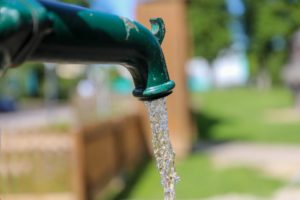


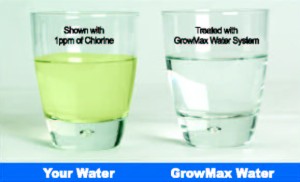



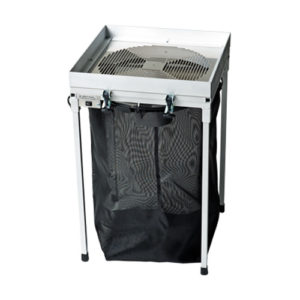
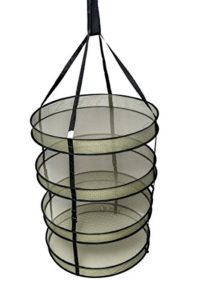
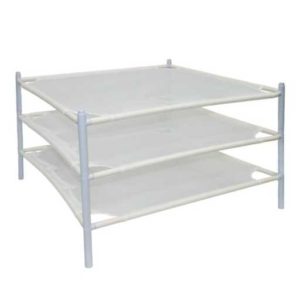
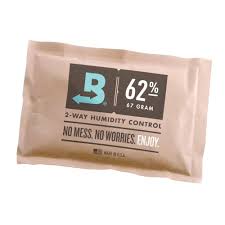



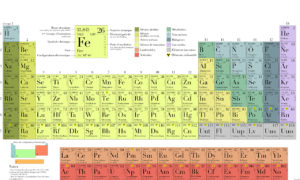




 The water with which we irrigate our plants and apply our nutrients will determine a huge percentage of the final quality of the buds, and not only in terms of size, aroma and properties, but, and this is very important in any product for human consumption, of health. That is, if we want to achieve a healthy and quality end product, we must pay close attention to the quality of irrigation water.
The water with which we irrigate our plants and apply our nutrients will determine a huge percentage of the final quality of the buds, and not only in terms of size, aroma and properties, but, and this is very important in any product for human consumption, of health. That is, if we want to achieve a healthy and quality end product, we must pay close attention to the quality of irrigation water.
